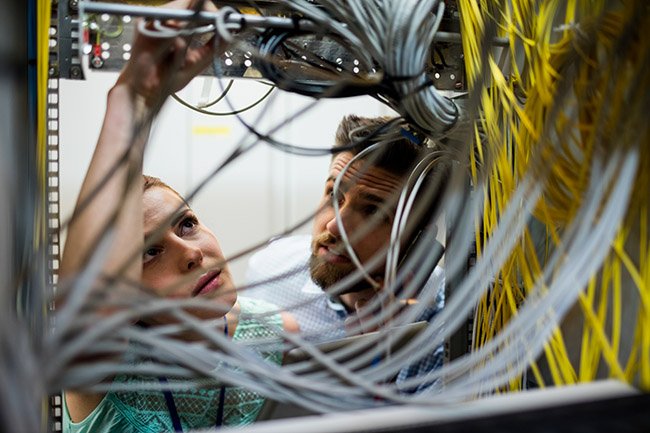When setting up a modern networking system, whether in an office environment or at home, the choice of cabling can significantly influence speed, reliability, and overall performance. One popular choice that has become a standard for many network installations is the Cat 6 (Category 6) cable. In this article, we’ll delve into the world of Cat 6 cabling and discuss its features, benefits, and why you might consider using it for your next networking project.
What is Cat 6 Cabling?
Cat 6 cables are a type of twisted pair cabling designed specifically for Ethernet and other network physical layers. Based on its predecessor’s foundation, Cat 5e, Cat 6 was developed to handle more data at faster speeds. It supports data transfer rates of up to 10 Gbps (gigabits per second) at lengths of up to 55 meters, although for longer lengths (up to 100 meters), it typically operates at a speed of 1 Gbps.
Key Features of Cat 6 Cabling:
- Enhanced Performance: Cat 6 cables are designed with a bandwidth capacity of up to 250 MHz, double that of Cat 5e. They can handle more data simultaneously, making them ideal for high-speed applications.
- Improved Interference Resistance: These cables have a tighter twist in the wiring, which translates to less crosstalk (unwanted signal transfer between channels). Additionally, they often come with a spline that separates individual pairs, further reducing interference.
- Backward Compatibility: Cat 6 cables are backward compatible. This means they can be effectively used in setups that previously utilized Cat 5 or Cat 5e, offering a smooth upgrade transition.
Why Choose Cat 6 Cabling?
- Future Proofing: With increasing demand for bandwidth because of streaming, gaming, and other data-intensive applications, Cat 6 is a wise choice. Even if your current setup doesn’t require the speeds Cat 6 offers, future technology may, and having Cat 6 in place means you won’t need an upgrade soon.
- Consistency in Connection: The resistance to interference means a more consistent connection. For businesses, this can translate to less downtime and improved productivity.
- Optimized for Modern Applications: Whether you’re setting up a smart home, gaming station, or an office network, the enhanced speed and reliability of Cat 6 are beneficial.
Installation Tips and Considerations
When considering Cat 6 cabling for your networking needs, here are some crucial points to ponder:
- Professional Installation: While you might be tempted to install the cables yourself, professional installation ensures optimal performance and adherence to safety standards and reduces the likelihood of errors.
- Cable Length: While Cat 6 can operate at lengths up to 100 meters, for optimal speeds (10 Gbps), keep lengths under 55 meters.
- Shielded vs. Unshielded: Depending on the environment, you might consider using shielded Cat 6 cables (Cat 6 STP) to further reduce interference, especially in areas with many electronic devices.
Cat 6 cabling represents a significant step forward in network infrastructure technology. Its enhanced speed, reliability, and interference resistance make it an excellent choice for both businesses and home networks. By investing in Cat 6, you’re ensuring that your network is not only optimized for today’s demands but is also prepared for future technological advancements.
Remember, a network is only as strong as its weakest link. Opting for Cat 6 cabling ensures that the foundation of your network is solid, allowing you to harness the full potential of your devices and applications. If you’re planning a new network installation or considering an upgrade, Cat 6 should be at the top of your list.
Contact Progressive Office Cabling to Install Cabling
Progressive Office Cabling has been in the business of installing network cables for almost 40 years. We have the knowledge and experience to recommend the correct type of cabling for your business. Please get in touch with our office at (800) 614-4560 for more information on a cabling project for your business or residential home.

